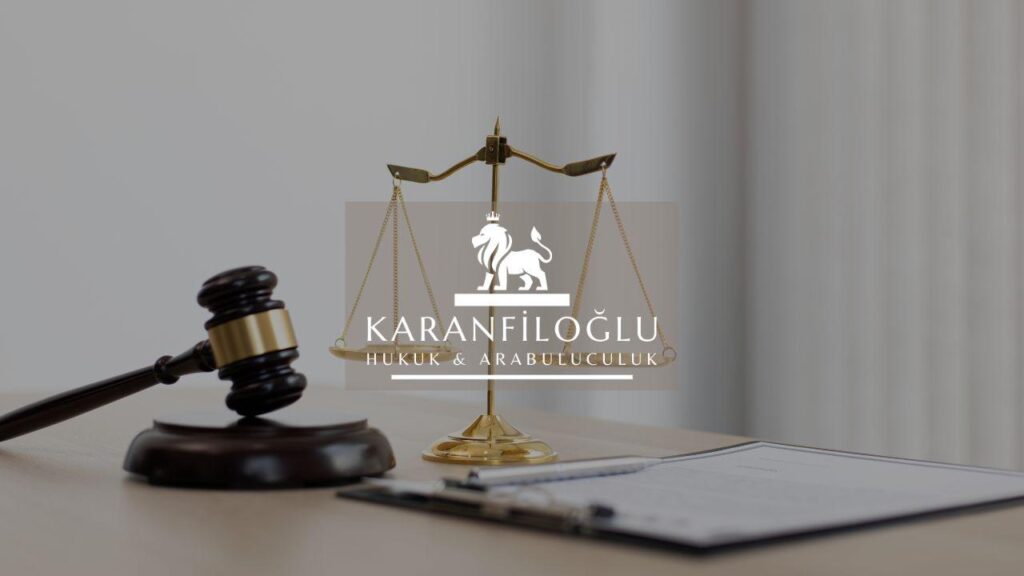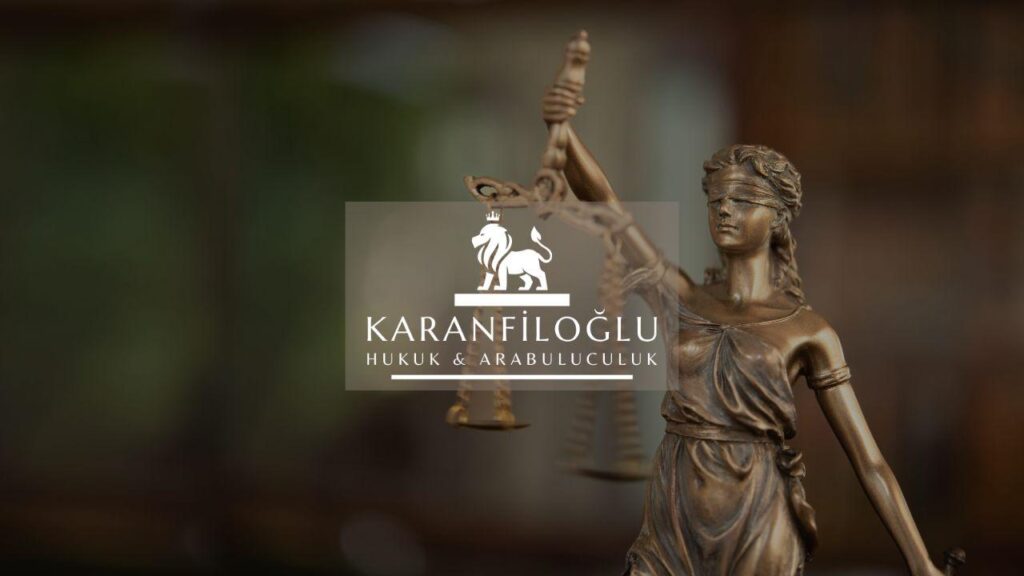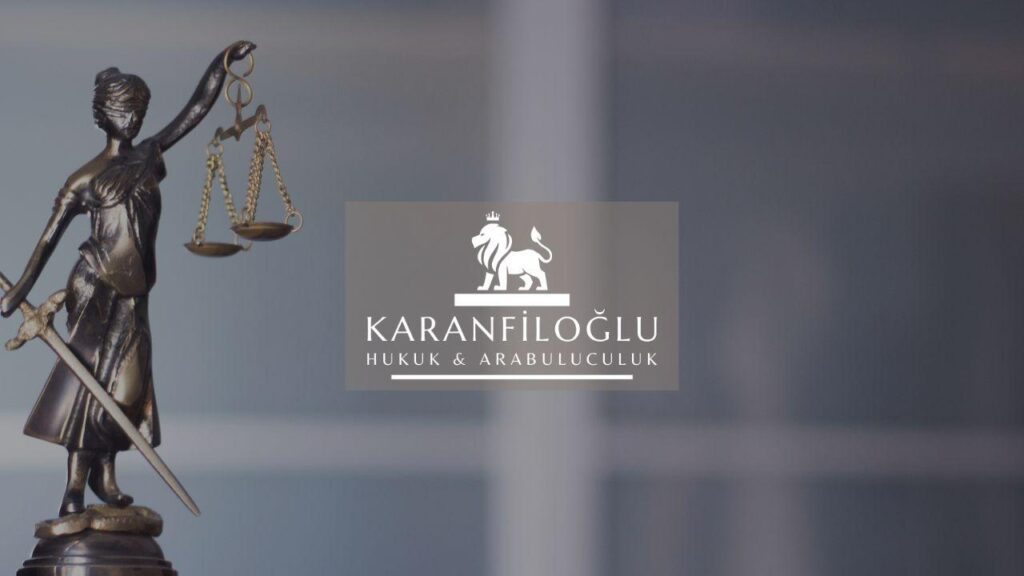Navigating through the intricacies of bankruptcy law can be a daunting task, especially in a jurisdiction as complex and evolving as Turkey. At Karanfiloglu Law Office, we aim to provide a comprehensive overview of the key principles and procedures that govern bankruptcy in Turkey, ensuring that our clients are well-informed and adequately prepared to tackle potential financial challenges. Our team of seasoned legal professionals is dedicated to demystifying the bankruptcy process, offering precise legal guidance and strategic solutions tailored to individual circumstances. Whether you are a creditor seeking debt recovery or a borrower in financial distress, understanding the fundamentals of Turkish bankruptcy law is crucial to safeguarding your interests and achieving favorable outcomes.
Key Statutes Governing Bankruptcy Proceedings
At the core of Turkey’s bankruptcy framework are several key statutes, most notably the Turkish Execution and Bankruptcy Law (Icra ve Iflas Kanunu – IIK), which provides the foundational legal structure for both voluntary and involuntary bankruptcy proceedings. Enacted in 1932 and periodically updated to address evolving financial and legal landscapes, the IIK outlines comprehensive procedures for declaring bankruptcy, liquidating assets, and distributing proceeds to creditors. Additionally, the Turkish Commercial Code (Türk Ticaret Kanunu – TTK) contains specific provisions that supplement the IIK, particularly in cases involving corporate entities. Together, these statutes ensure a structured and predictable approach to bankruptcy, offering both debtors and creditors clear guidelines and protections.
The Turkish Execution and Bankruptcy Law outlines a detailed process for both sequestration and the administration of a debtor’s assets. Once a bankruptcy petition is filed, the court appoints a bankruptcy trustee to oversee the debtor’s estate, ensuring an equitable distribution of assets among creditors. Creditors are then notified to submit their claims, which the trustee examines and verifies, establishing a priority order based on the nature of the debts. The law prioritizes secured debts and employee wage claims, offering additional protections to vulnerable parties. Throughout the process, the debtor is required to provide comprehensive documentation of their financial status, including assets, liabilities, and transaction history, to facilitate a transparent resolution. These meticulous procedures are designed to balance the interests of debtors and creditors, promoting fair and efficient resolutions while mitigating potential conflicts.
Furthermore, the Insolvency and Bankruptcy regulations also recognize the importance of restructuring as a viable alternative to liquidation. The Turkish Bankruptcy Law provides mechanisms such as concordat (konkordato), where debtors can propose a rehabilitation plan to repay a portion of their debts, subject to approval by a certain majority of creditors and the court’s sanction. This consensual approach allows for ongoing business operations and the preservation of jobs, ultimately aiming to restore the financial health of the debtor. In recent years, legislative amendments have enhanced the feasibility of such restructuring plans, reflecting a shift towards more debtor-friendly policies. This evolution in the legal landscape underscores Turkey’s commitment to modernizing its insolvency regime and fostering a more resilient economic environment. At Karanfiloglu Law Office, we are adept at navigating these dynamic regulations, offering expert counsel to support our clients through both rehabilitation and insolvency proceedings.
Steps Involved in Filing for Bankruptcy
Filing for bankruptcy in Turkey involves a structured legal process that begins with submitting a petition to the commercial court. This petition can be filed by the debtor or, in certain circumstances, by the creditors. The primary objective is to demonstrate the debtor’s insolvency or inability to meet their financial obligations. Upon filing the petition, the court assesses the financial status of the debtor and may appoint an interim trustee to oversee the assets. It is crucial for the petitioner to provide detailed financial statements, including a clear account of assets, liabilities, and any ongoing litigation. Additionally, the court might request further documentation to verify the claims made in the petition. This initial step sets the stage for either initiating bankruptcy proceedings or exploring alternative solutions such as restructuring or settling debts under judicial supervision.
Once the petition is accepted, the court will initiate a probe to evaluate the depth of the debtor’s financial distress. During this stage, creditors are notified and given an opportunity to present their claims and objections. This examination involves a thorough investigation of the debtor’s financial documents, payment history, and any indications of fraudulent activity. The court-appointed trustee plays a crucial role in this phase, tasked with compiling a report that outlines the debtor’s financial condition and the viability of either liquidating assets or pursuing a reorganization plan. Creditors’ meetings are held to discuss the trustee’s findings and to vote on any proposed settlements or restructuring plans. Through this process, the court aims to balance the interests of both the debtor and the creditors, ensuring that all parties are given a fair resolution in accordance with Turkish bankruptcy law.
Upon conclusion of the investigative phase, the court will make a determination on the bankruptcy status. If bankruptcy is declared, the court will issue an official ruling and establish a timeline for the liquidation of assets. The appointed trustee will take control of the debtor’s estate, manage the sale of assets, and distribute the proceeds among the creditors in accordance with the priorities established by Turkish bankruptcy law. During this phase, the court continues to oversee the execution of the liquidation process, ensuring that it is conducted transparently and equitably. Creditors are periodically informed of the progress and are provided with detailed reports on the recovery and distribution of assets. Conversely, if the court finds the debtor’s financial condition suitable for reorganization, a restructuring plan is approved and implemented under judicial supervision. Throughout this critical stage, Karanfiloglu Law Office remains committed to guiding our clients, whether they are debtors or creditors, through the complexities of liquidation or restructuring with strategic expertise and unwavering support.
Rights and Obligations of Debtors and Creditors
In Turkish bankruptcy law, both debtors and creditors have clearly defined rights and obligations to ensure fairness and transparency during the bankruptcy process. Debtors are obliged to disclose their assets and liabilities fully and are generally required to cease any actions that could harm creditors’ interests. Conversely, they hold the right to propose a concordatum (composition of debts) to restructure their payments under court supervision. Creditors, on the other hand, possess the right to file for bankruptcy proceedings against a debtor who is unable to meet their financial obligations or is insolvent. They are also entitled to vote on settlement proposals and participate in the creditors’ meetings where vital decisions regarding the debtor’s estate are made. Understanding these rights and obligations is crucial for both parties to navigate the bankruptcy process effectively and protect their interests under Turkish law.
During the bankruptcy process in Turkey, debtors must adhere to stringent reporting requirements, detailing all aspects of their financial situation to the court accurately. This includes providing comprehensive lists of assets, liabilities, and any ongoing legal disputes. Additionally, debtors are prohibited from making preferential payments or transferring assets to privileged parties once bankruptcy proceedings have commenced, as such actions could be deemed fraudulent conveyance. On the creditor side, participating in the creditors’ meetings is critical, as these sessions determine the distribution of the debtor’s assets and the approval of any restructuring plans. Creditors also have the right to challenge misrepresented or concealed information provided by the debtor, which can significantly impact the outcome of the bankruptcy process. By staying informed and proactively engaging in every step, both debtors and creditors can better navigate the complexities of Turkish bankruptcy law and work toward a resolution that mitigates financial loss and upholds legal protections.
At Karanfiloglu Law Office, we emphasize the importance of professional legal counsel for both debtors and creditors involved in bankruptcy proceedings. Our experienced attorneys provide personalized assistance throughout the process, from the initial filing to final settlement. For creditors, this means securing their rightful claims and maximizing asset recovery through diligent representation and strategic negotiation. For debtors, our guidance ensures compliance with all legal obligations, while exploring every viable option for debt relief and financial restructuring. With a deep understanding of Turkish bankruptcy law, our team is equipped to handle the most intricate cases, advocating for fair solutions and safeguarding our clients’ legal and financial interests.
Disclaimer: This article is for general informational purposes only and you are strongly advised to consult a legal professional to evaluate your personal situation. No liability is accepted that may arise from the use of the information in this article.







